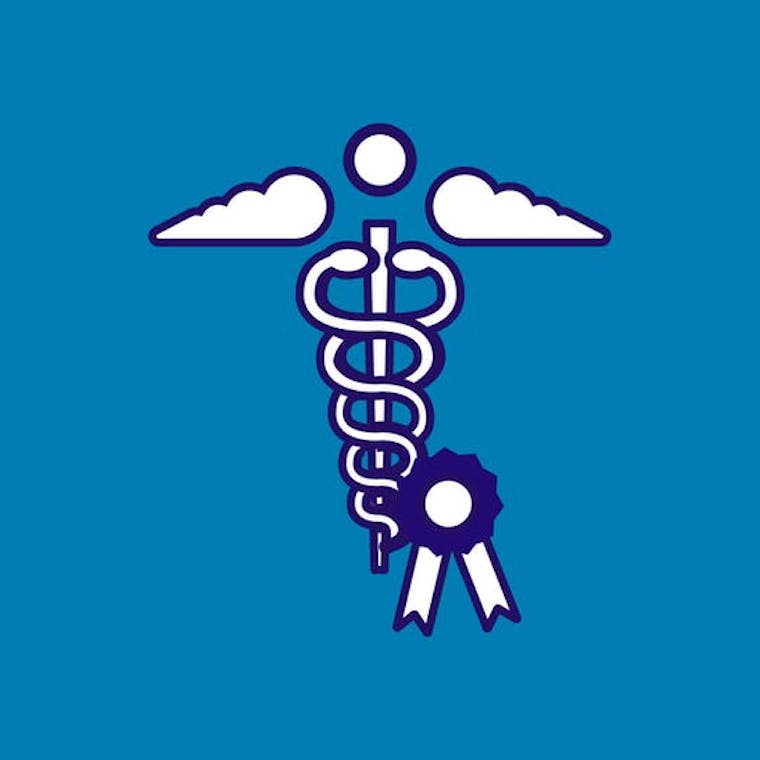Evaluating Student Potential Through the Window of Assessment
by Robert Millard, Director of Assessment & Kristin Murner, Director, Learning Design | November 10, 2020

Everyone involved in education knows that the goal of instruction is change: more concretely stated, the goal is increasing students’ knowledge and clinical judgement. Indeed, well-structured curricula and carefully designed educational courses state those goals at the outset: standards to be met, learning objectives to be reached. With learning objectives laid out across the span of a course, students have a window into what will be expected of them. When those landmarks are coupled to assessments, students also have a window into how well they are doing and are able to identify areas where they are doing well, and those where they may require additional study.
Formative vs. Summative Assessments
The assessments that provide students with a picture of their performance vary in their intended purpose. While there are a number of assessment types―interim, benchmark, formative, summative―the types most often used are formative and summative. Summative assessments, as their name suggests, provide a summary of all that has been learned, and almost always occur at, or very near to, the end of an instructional cycle. Formative assessments, on the other hand, as their name suggests, are intended to provide students and instructors with information―that is, these assessments “inform”―about knowledge areas where they are performing well, and those where they need more work and are almost always administered during the flow of instruction.
Formative assessments thus are characterized by two basic criteria:
- They are administered during the progress of instruction
- They have the purpose of improving instruction or learning close to when it is occurring.
Evaluating Assessment by Occurrence, Purpose, and Impact On Instruction
In general the various assessment types can be arrayed within a matrix defined by when they occur, their purpose, and their impact on instruction. For example, interim, benchmark, and formative assessments typically occur during a course of instruction, while summative assessments almost always occur at the end of a semester or a course.
Interim, benchmark and formative can be further differentiated from one another by their likely impact on instruction, with interim and benchmark assessments sometimes being merely parallel forms of an end-of-course summative test. As such they have fewer clear links to instruction. Nonetheless, while not typically a part of ongoing instruction, according to Lorrie Shepard, interim assessments “...can be effective as program evaluation tools if they are instructionally linked. In other words, the objectives tested match those taught in the preceding weeks and months.” Indeed, Shepard further suggests that “...[b]enchmark or interim tests are more effective if they are substantively linked to instructional units and timed to be an external summative check on students’ mastery of a particular unit of study.”
The Central Differentiator
The central differentiator then among formative, benchmark, and interim assessments is the potential they have to support ongoing instruction and, as a consequence, alter the learning path. This is linked to what information is covered―have students been exposed to it yet―and the opportunity that timing of the results creates to use that information. True formative assessments are defined by this latter feature: critically timed to provide an opportunity to change instructional direction and improve learning. This makes the idea of true formative assessment very broad, covering a range from a teacher created quiz to cover a unit, comments on a piece of writing that students are asked to revise, to an instructional “pivot” that an instructor can make when they recognize that students are confused or are otherwise failing to understand the content of a lesson.
Kaplan’s Assessment Tools for Nursing Students
The Focused Review tests in Kaplan’s Nursing Integrated Testing program are designed as formative assessments. Faculty can assign pre-stitched quizzes that match topics on the (more summative) Integrated Tests, or allow students to self-select items and create shorter, focused quizzes by discrete topics as instruction occurs throughout the semester. These tests are important because they assess students’ recall and understanding, in addition to their analysis and application skills. Like the real NCLEX®, these benchmark tests include question types such as standard multiple-choice, multiple response, fill-in-the-blank, ordered response, and hot spots. With timed remediation reported, faculty can ensure students are not only benefitting from the effortful retrieval of information during the testing experience itself, but also in reviewing gaps in their learning through the comprehensive rationales and content reviews provided for each question.
While it would seem that, of the basic assessment types, summative assessments are the least likely to affect instruction, nonetheless the results of an end-of-course, or end of semester, assessments can be useful as an evaluative tool. When the items that a summative assessment comprises are tied through learning objectives that span the course, results can potentially be used as an indicator of the curriculum underlying the course and thus serve as an evaluation tool.
Kaplan’s secure, Integrated Tests are nationally normed, and provide summative insight for course content. Kaplan’s Nurse Consultants are partners that help nursing school faculty choose the right tests for each course that align with school-specific goals and curriculum maps. For summative program assessment, Kaplan offers both the backward-looking Nursing Assessment Test, which isn’t NCLEX style, but designed to evaluate comprehensive content mastery, and the forward-looking NCLEXⓇ predictor tests.
Every Assessment Type Serves a Purpose
The important thing to remember is that every assessment type serves a purpose and, when carefully constructed and aligned to instructional objectives, each can provide information about student learning. So critical to creating and positioning assessments within a course is knowing what information you want the assessment to provide.
Need to provide students with a picture of their overall performance in a course?
Create a comprehensive, summative assessment.
Need to provide a “progress check” at a key curricular juncture?
Use a well-aligned, interim or benchmark assessment.
Need to impact student learning behavior?
A formative assessment with close connections to what students are currently working on and a clear set of “next steps” provided to help students improve should be on your menu of assessments.
To learn more about Kaplan’s portfolio of nursing assessments and reporting for nurse educators, request a demo today.
References:
1 “Formative Assessment: Caveat emptor”, Lorrie A. Shepard, Paper presented at ETS Invitational Conference, 2005, The Future of Assessment: Shaping Teaching and Learning, New York, October 10-11, 2005.
NCLEX® is a registered trademark of the National Council of State Boards of Nursing, Inc. Test names are the property of the respective trademark holders, none of whom endorse or are affiliated with Kaplan.

